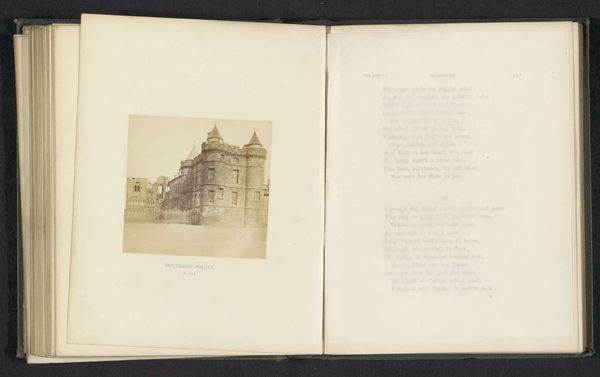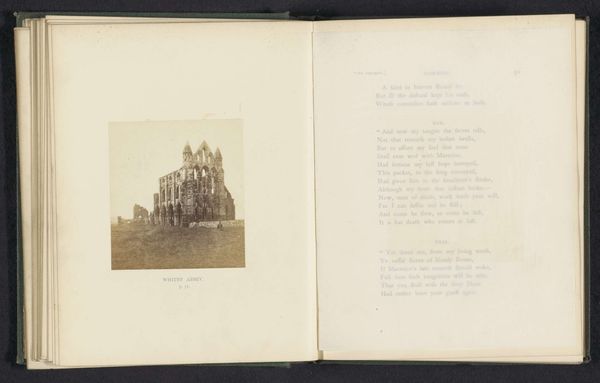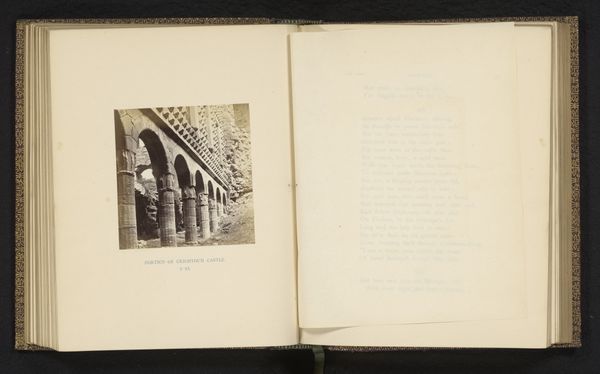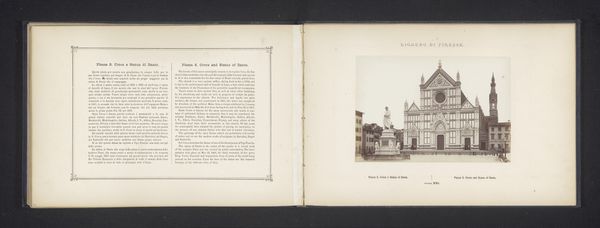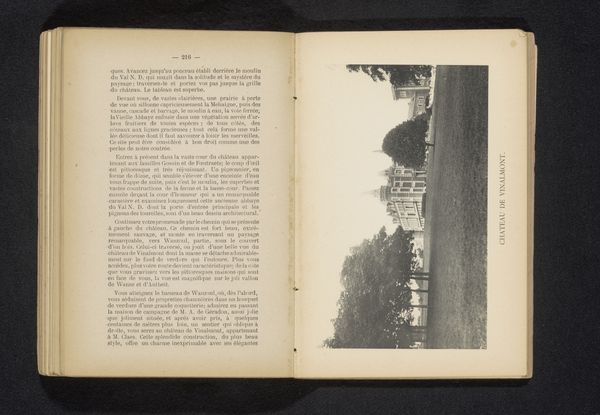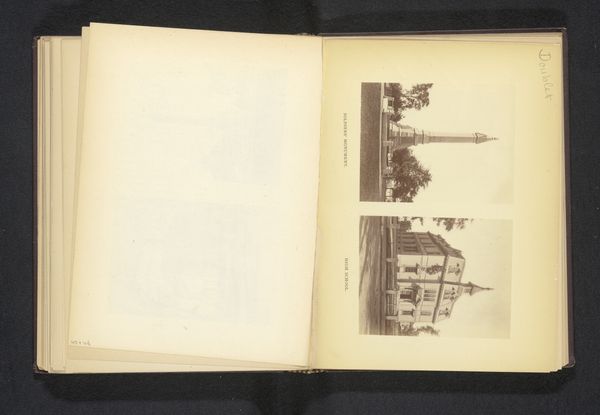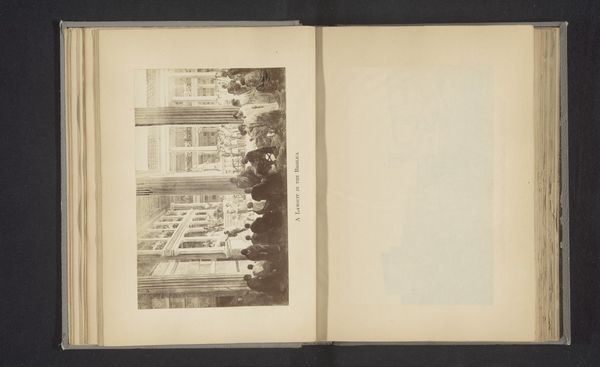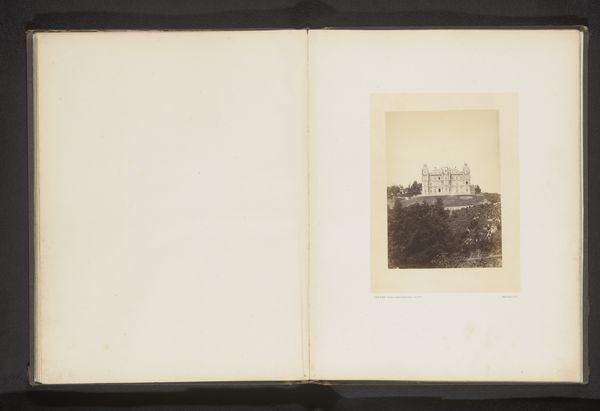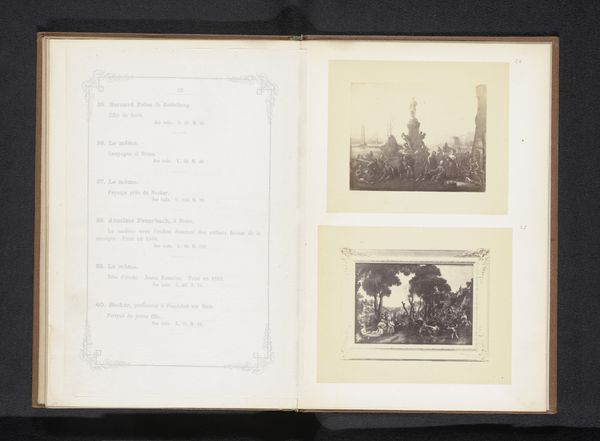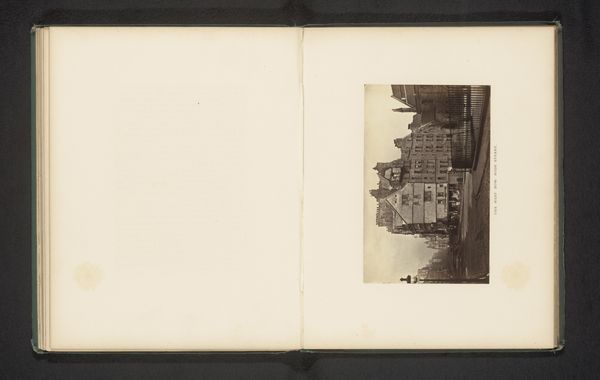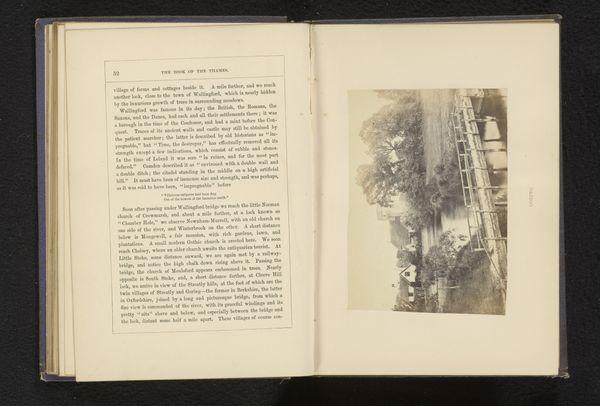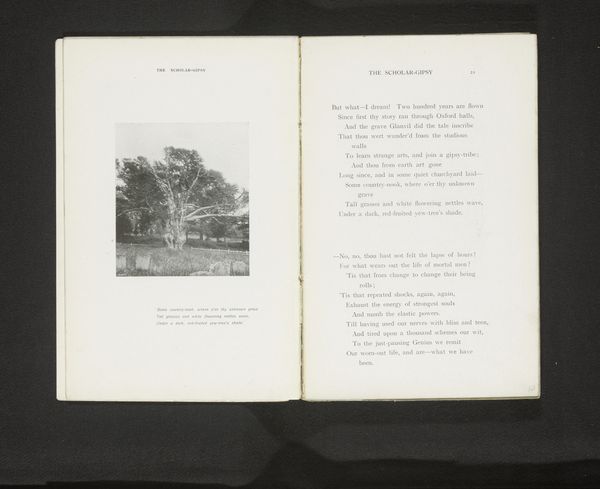
print, photography, architecture
# print
#
landscape
#
photography
#
architecture
Dimensions: height 84 mm, width 81 mm
Copyright: Rijks Museum: Open Domain
Thomas Annan made this photograph of Dunfermline Abbey using the wet collodion process, a real workhorse of nineteenth-century photography. The image is deeply indebted to the chemistry involved. First, a glass plate would be coated with a sticky, light-sensitive emulsion. Then, while still wet, it would be exposed in the camera. Finally, the photographer would rush to develop the plate before it dried. Annan was a master of this tricky procedure, and you can see the benefits in the image's sharp detail and tonal range. But the wet collodion process was also demanding and implicated in a wider social context. It required a skilled practitioner, a well-equipped darkroom, and a steady supply of chemicals. In short, photography at this time was a complex craft, not just a simple snapshot. Annan's choice of subject matter, a ruined abbey, also speaks to the era's fascination with history and the industrial revolution's impact on traditional ways of life. So next time you see an early photograph, remember the layers of technical skill, material knowledge, and historical context that went into its making. It's a far cry from pointing and shooting with your phone.
Comments
No comments
Be the first to comment and join the conversation on the ultimate creative platform.
